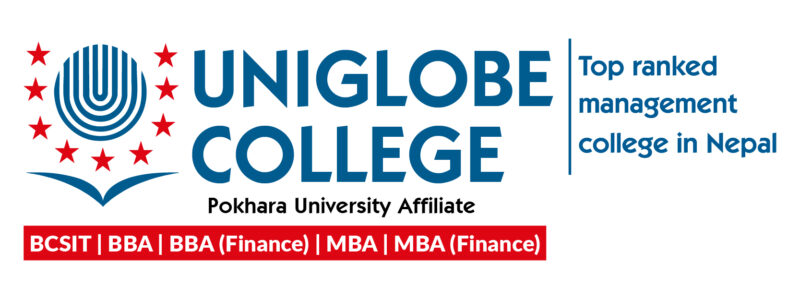In the run-up to the unveiling of the monetary policy for the fiscal year 2019-20, the Nepali financial market is abuzz with big merger talks. Economists, policymakers, the general public and even the bankers themselves are arguing that the Nepali banking industry is bloated, considering the size of the economy, and hence mergers and acquisitions are needed. A recent statement by Nepal Rastra Bank Governor Chiranjibi Nepal strongly hints that the policies for 2019-20 are going to pressurise banks to go for mergers and acquisitions.
Accordingly, given the preponderance of merger arguments in the market, people are also coming in favour of changes in the current banking structure in Nepal. Their argument is that it is no more only about a large number of banking and financial institutions in Nepal, it is equally linked with the rationale behind their current segmentation. More specifically, the argument is whether the currently defined categorisation is still needed for the Nepali financial market. Thus, let’s analyse whether we need a structural change in the Nepali banking system.
Banking history
Nepal’s formal banking system can be traced back to 1937 when the first commercial bank Nepal Bank Limited started banking operations. Nepal Rastra Bank came into existence in 1956 as the central bank of Nepal. The banking business in Nepal remained a near monopoly of the government until the 1980s when Nepal initiated liberalisation policies. Nabil Bank was established in 1984 as Nepal Arab Bank and became the first private sector bank in Nepal. During the 1990s, Nepal’s financial system saw structural changes in its banking system and it not only remained confined to commercial banks but also witnessed the establishment of development banks, finance companies, microfinance institutions, savings and credit cooperative firms, and non-governmental organisations.
Since then, Nepal’s banking system has been operating under the same setting, and there are a total of 151 banks and financial institutions encompassing 28 Class A commercial banks, 33 Class B development banks, 25 Class C finance companies, and 65 Class D microfinance financial institutions providing banking services under the direct supervision of Nepal Rastra Bank, and 13,578 savings and credit cooperatives under the supervision of the Department of Cooperatives. Altogether, Nepal has five categories of formal banking institutions as of now–four under Nepal Rastra Bank and one under the Cooperative Department.
The central bank of Nepal has defined the roles, duties and functions for each class of banks and financial institutions, and the Department of Cooperatives has done the same for cooperatives. But the functions are the same for Class A, B and C institutions and savings cooperatives due to the size of the economy and the limited market. For example, although commercial banks are supposed to finance large scale projects and development banks are supposed to finance small scale industries in different sections of the economy, both types of banks are financing similar kinds of projects except in the case of international trade. But recently, Nepal Rastra Bank allowed national level Class B banks to issue letters of credit too.
It is also important to note that finance companies and savings and credit cooperatives are also on the same boat with the same instruments, loans and deposits. Generally, in a developed financial market, finance companies do not accept deposits. However, in Nepal, finance companies are in line with development banks: They are not only allowed to accept deposits but also permitted to perform a number of duties that also fall under the umbrella of Class B institutions’ duties. Accepting deposits; supplying credit for hire-purchase, leasing, housing and service business; carrying on merchant banking business, are a few examples. Another very fragile and immature segment, credit and savings cooperatives, also perform the same functions in the same market.
To this end, it is wise to argue that such a poorly defined banking system is not only reducing efficiency in the sector but is also promoting unhealthy competition in the market. Let’s not forget that commercial banks, development banks, finance companies and savings and credit cooperatives have successively the lowest to the highest cost of deposits. Thus, competition among them in a small and weakly defined market is the major cause behind some of the epidemic problems in Nepal’s banking industry–unhealthy competition in interest rates, the supply of poor quality loans, high amount of interbank credit, liquidity crunch, and rampant fraudulent cases in savings and co-operative institutions.
Diversified banking system
Given the highly ambitious plans of the government, Nepal has a long way to go towards its development. The banking system needs much-needed impetus in its lending capacity and interest rate sensitivity. For this, the economy needs a well-diversified banking system. That is to say, the current need is for a few highly competitive commercial banks to finance mega projects, some national and regional level banks to finance small scale industries and other development activities in the economy, and some local level banking institutions to support the poor segment of the population. Such classification will not only reduce the number of banks and financial institutions but also eradicate unhealthy practices by making the target market unique and different.
The monetary policy adopted by the government should not only promote mergers and acquisitions but also limit the number of categories of financial institutions. More emphasis should be given to cooperative firms. What policymakers have to understand is that it is not only about the number of banks and financial institutions in Nepal, it is equally linked with the rationale behind their segmentation. An unnecessarily defined banking segment makes the system worse off.
Bist works at the research department of Uniglobe College.
This article was published in the National Daily newspaper – Kathmandu Post, and you can also ready from following links.





